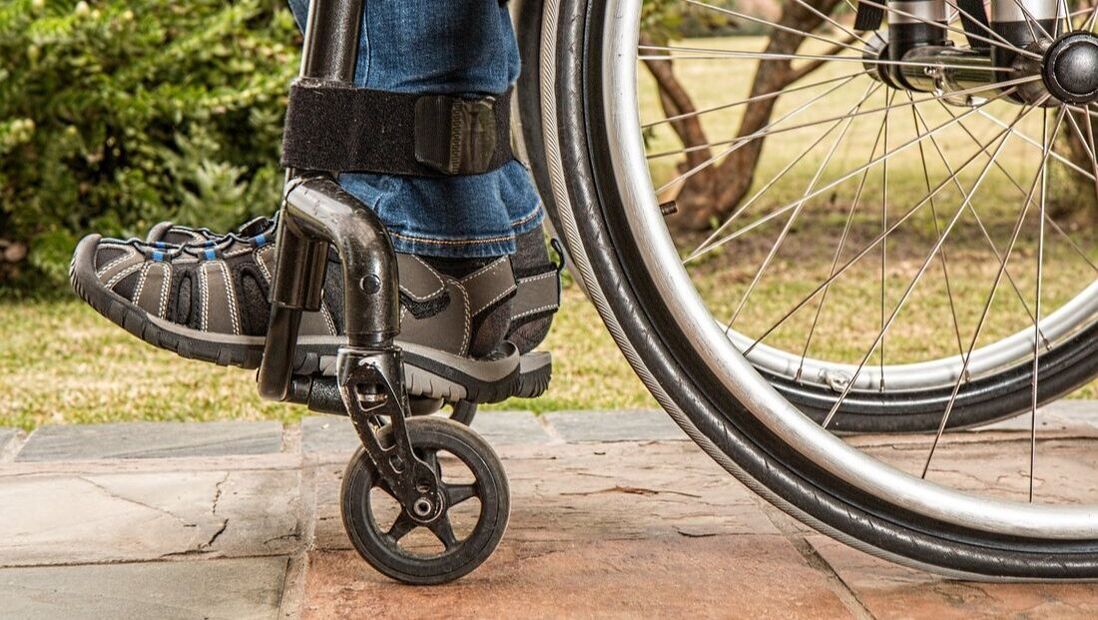 In order to be effective in any endeavor it is very helpful to have categories. Categories help you organize information, see patterns, and simplify decision making. We see this in many areas of the world. In biology there are creature classifications utilizing phylums, and classes all the way down to genus and species. In film making and literature there are classifications by genre so you can easily find the type of media you want to experience. Even in healthcare there are categories of diseases and treatments to match those diseases. I say all that to highlight the fact that we use categories, rank orders, and classification systems all the time. In the world of physical therapy there are also several classification systems. Understanding those classification systems and implementing them in my daily practice is probably one of the greatest improvements I've made in treating patients more effectively and improving my patient outcomes. When you use a classification system in physical therapy it allows you to match certain movement problems to the best subset of exercises or helpful movement patterns. In other words, it allows you to be much more specific in your treatment. That specificity usually translates to quicker improvement and higher patient outcomes. Gone are the days of blanket home exercise programs for joint pain problems. That methodology is not sufficient nor very effective. So I would encourage you to explore the literature about classification systems. I will give you two common orthopedic classification systems that I believe are effective. Clinical Prediction Rules. There are host of clinical prediction rules in the literature and many are joint specific. For example, there is a classification for back pain that includes directional preference, instability, manipulation, and traction. These types of algorithms take examination information and funnel you to the most evidenced based approach based on what you are seeing. These types of systems are also available for shoulder, hip, etc. Mechanical Diagnosis and Therapy Classification. This is the categorical system that I use. It is simple, easy to understand and easy to explain to patients. It is commonly called the McKenzie method and it also utilizes four different classification including Derangement, Tissue Dysfunction, Posture or Other. Again, the system allows you to take a pain problem and through examination match it to the most appropriate movement. So begin to improve your mechanical clinical decision making by researching and adopting a classification system. And lest you become disheartened because you specialize in neurological rehab, there are validated treatment patterns for different issues like stroke or Parkinson's Disease that can also improve your results. I would love to hear about more specific treatment classifications in the neurological rehab world and other rehab worlds since I am on orthopedic specialized therapist. Comment or send me a letter! The bottom line, however, is that if you want to improve your therapy practice, then start classifying! You and your patient's won't be disappointed! I'm curious to know what's one thing that really improved your clinical practice? Comment or contact me via "Letters to the Editor"! Jason
1 Comment
 Welcome to our new subscribers!! And if you haven't joined the conversation over on Facebook, join @ptsonmission for more content and discussion. Today I am glad to have another friend and colleague on the blog to discuss his experiences of working in a spinal cord rehab unit. I think you will really enjoy some of his thoughts regarding faith and work in this setting. Where do you work? Describe the patient population in which you work? I work at the Charlie Norwood VA Medical Center in Augusta Ga. and my clinic focuses on veterans with acute and chronic spinal cord injuries. They come to me for assessment of needs and we also perform intensive rehab and education to the patients and their families because these types of acute injuries come with significant life-altering changes. An additional aspect of my clinic work is that we have the ability to follow these patients for the life of their injury providing both outpatient and inpatient care as needed. What do you enjoy about working in your field of PT? One of the most enjoyable aspects of my field is the fact that I get to serve our US veteran population. Being able to do this is particularly important to me because I am a veteran myself and have been deployed oversees in defense of our country. So, I have a very deep understanding of what so many of these men and women have gone through and the challenges they face. Working with veterans as a veteran gives me a unique perspective to encourage and care for my patients. The other thing I enjoy about working in the VA spinal cord unit is the teaching of new skills and provision of new equipment to reshape, define, and improve my patient's "new normal." Finally, I enjoy the opportunity to encourage and equip them to become independent despite their injury. What are some of the unique physical, emotional, or spiritual challenges of working in your field PT? Physically, my job is a very hands on challenging job because I work with patients who at times are completely dependent on my and my rehab colleagues others to move and position them. I also have to spend time teaching family member how to properly move and position the patient. So at times there are definite physical demands. Emotionally, my field of work has both highs and lows. Teaching a patient to transfer independently, recovering movement of their arms and legs, or just learning to drive a wheelchair can be a positive emotional experience that brings about celebration. But, my job can also be devastating emotionally at times because of my patient's co-morbidities, their high risk of infection, and just the interpersonal strain their injuries place on the patients themselves and their families. Spiritually, however, my field of work provides an open door to inject hope into my patients lives daily. It's easier to start a conversation about God, His love, and spiritual healing when you've hit rock bottom. That being said, many patients deal with bitterness and anger as they transition through their injuries which leads to many difficult conversations. How does you faith impact your work and how you view you patient interactions? Each person I interact with I try to ask what God's purpose is for their situation, then I pray God helps me to speak that truth to them in our treatment times together. Briefly describe a story in which you really felt like you ministered to a patient. I currently have a patient, Mr. H, who recently was faced with the decision to undergo additional surgery. There was a possibility of this surgery causing additional paralysis. I had the chance to encourage him and remind him that we are all under God's control, and on his timeline. There isn't a hair on our heads unaccounted for by Him, so we need to pray and trust God with the faith He grants us to have in these situations. He agreed and went ahead with the surgery. Mr. H's fear was gone from that time on and I am pleased to say the surgery went well. Praise God! Matt  COVID-19 has definitely been a global scourge and one that I hope diminishes sooner than later. This virus has affected everything from restaurants to hospitals and hair stylists to engineers. But one thing that the virus has not taken on is the internet and because of that many professions have moved to quell the effects of the coronavirus by utilizing teleworking. Teleworking is just simply utilizing all the video and audio technology available to continue performing your job duties. Meetings are being held on Zoom. Projects and being completed with Google Hangouts. People are staying connected with FaceTime. Students and educators are continuing the teaching and learning process via WebEx and doctors and other healthcare practitioners are conducting Telehealth examinations on a myriad of different platforms. Some of this was already happening, but now it is happening at an exponentially higher rate because of all of the distancing recommendations to curb the spread of the virus. Business has changed and we all find ourselves doing more and more work on our computers, tablets, phones, or other devices during this pandemic. While I am thankful for these technologies they can pose a problem for our musculoskeletal system. As we are spend even more time in poor static postures we need to be aware of how those positions can create pain. I, for one, want to keep myself and you as pain free as possible during this time of increased digital usage. I was recently asked by a few faculty at my teaching hospital to provide some helpful tips in the form of short informal presentation for their students in preparation for their increased e-learning. It became popular within the institution and several different departments requested to also have access to it. So I decided to make it public for you to download and listen as well. DOWNLOAD: Posture Tips for Teleworking. To watch presentation with narration, download and then play slideshow using Microsoft powerpoint. Yes, I know there is an irony in the fact that you will be watching a presentation on a device about all the negative effects of the time we are spending on devices. But hey, I have to social distance while communicating this information to you! And there are some super helpful tips and videos to help you. So if you are PT reminder yourself of this information and communicate it to your patients. Remember we are on a mission to improve public health. But I think if you are a teacher, doctor, lawyer, or business entrepreneur you will also find this information beneficial. Jason |
Awesome ResourcesThe Gospel at Work Archives
May 2024
Categories |
 RSS Feed
RSS Feed